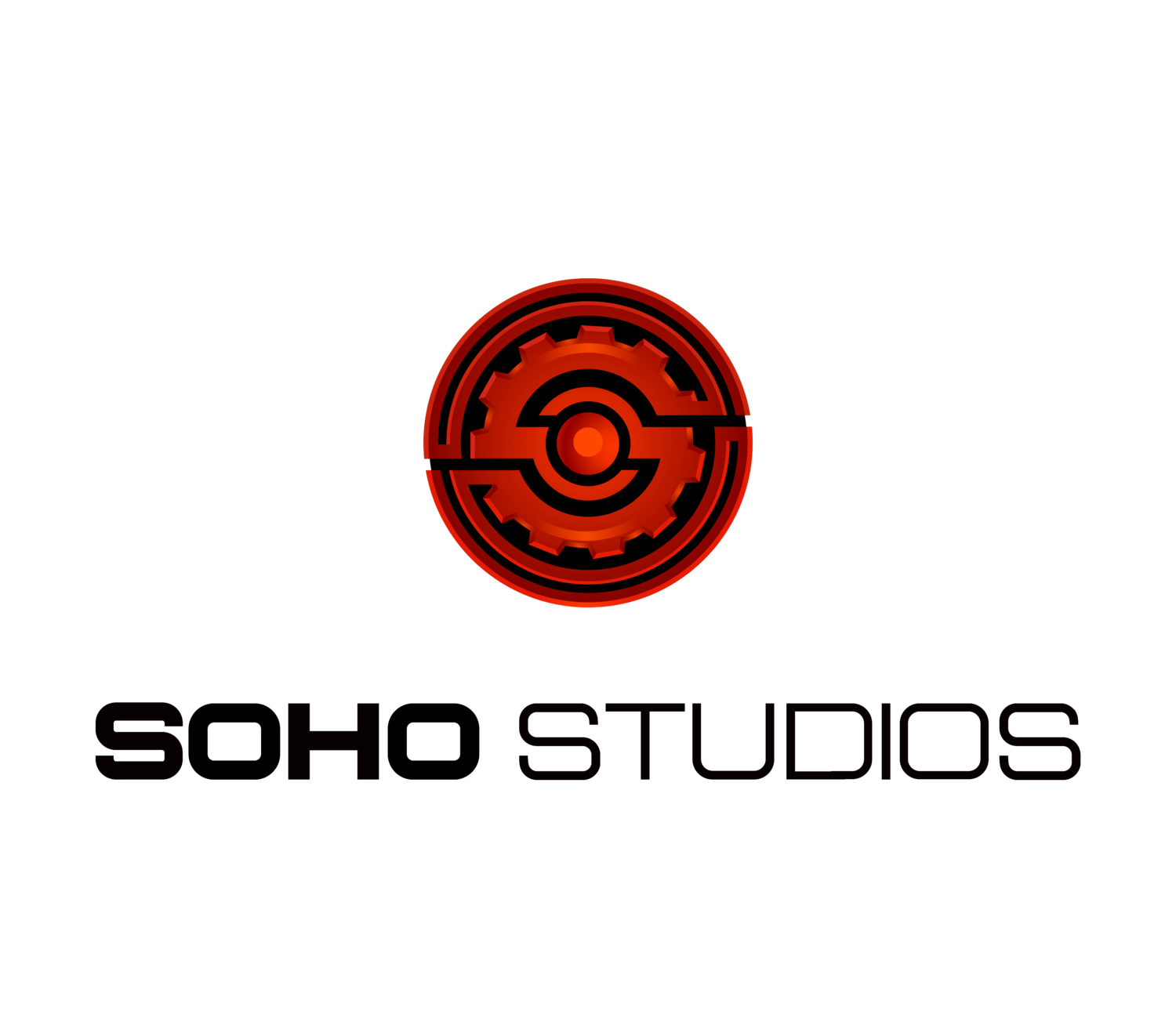Experiential marketing gives your brand a chance to engage with people like nothing else. Unlike traditional advertising, or even standard "pull" ads, it puts the audience directly into the action to create total-immersion experiences. For example, a company may set up a location that sends attendees through a themed area in an almost amusement-park fashion – but this time, the themes are all connected to the brand's overall image. These events truly join the company's name and brand with great feelings of happiness, excitement, or other emotions that the company wishes to impart. A well-done event also motivates the guests to share their experiences both directly and via social media.
One thing you may be wondering about is when it's best to hold an experiential marketing event. There is no single answer, but instead, several guidelines to look at to determine the optimum time for such a presentation.
Tips for When to Hold Your Event
- If your brand or product has a powerful seasonal association, plan your event for the beginning of that season or the end of the one prior to it. This will give your audience time to go buy your products before the active season starts. A good example of a seasonal association of this nature is the connection between snow skis and winter.
- If there is a mild seasonal association, you likely sell some products during the "off" season but many more during the high time of the year. In this case, the middle of the high season is a good time for an event. An example of this type of product is cola. People drink it all year long, but there are even better sales during the heat of summer.
- Brands with no seasonal association don't have to worry about hitting a specific month or season, but should try to avoid times that compete with too many other events, conventions, or general attractions. It's easier to get people to attend when there aren't as many other things trying to draw their attention.
When to Start Planning
It's a good idea to plan an experiential marketing event as part of a larger ad campaign. This will allow it and the traditional advertising to strengthen each other. Therefore, both should be planned at the same time.
Planning for experiential marketing requires more than deciding to include it in your overall strategy. You'll need to secure a venue, sets, performers, and other essentials far enough in advance to avoid any foreseeable problems. Many venues and performers are booked months in advance, so be sure to leave enough lead time before the expected date. How much time is "enough" depends on seasonal booking fluctuations, geographic location, and the popularity of the venue, band(s), and other personnel you intend to hire. Call them all far in advance to find out how soon before your event you will need to commit to a booking.
To book your event in Miami, call Soho Studios. We have up to 70,000 square feet available. We can configure the space to meet your needs and arrange for all of the peripherals you require, such as lighting, sound, sets, videography, and more.











